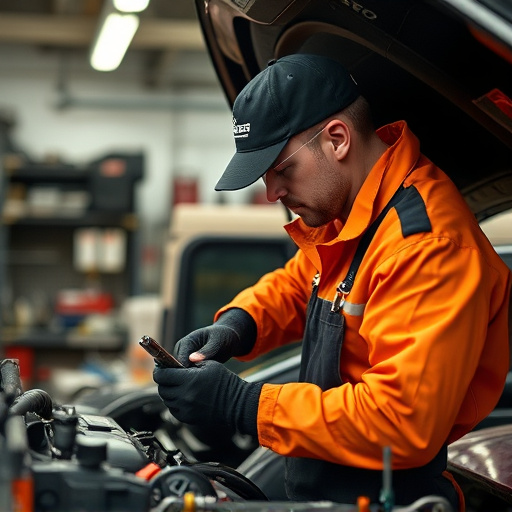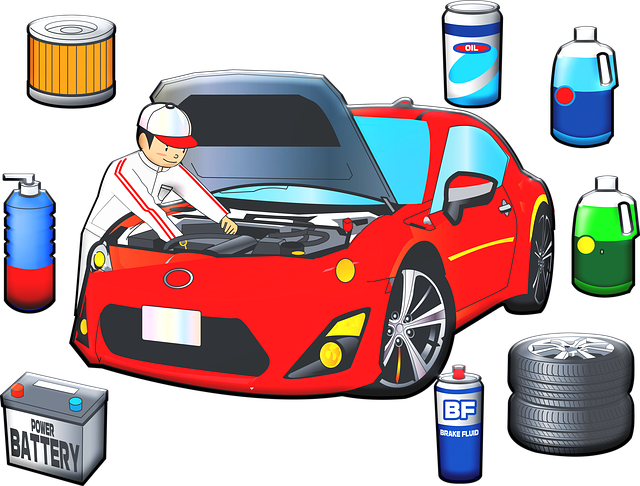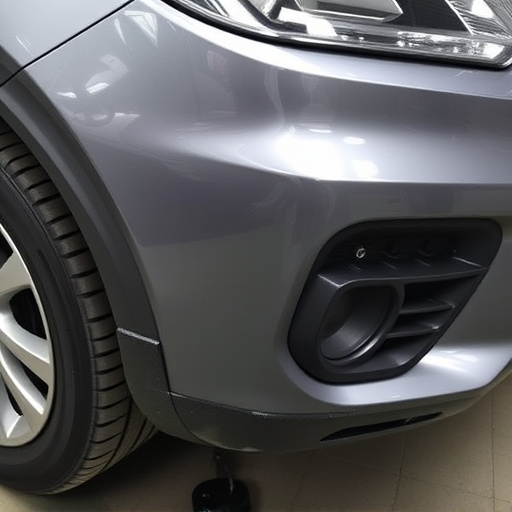Understanding Tesla repair documentation requirements is crucial for auto repair shops servicing these advanced vehicles. Each model has unique needs reflecting its technology and design. Proper documentation, including vehicle history, service records, and specific system considerations, ensures effective repairs, enhances service quality, and satisfies customers. Accessing correct manuals and guides is vital for precision, safety, and warranty management. Best practices involve detailed record-keeping, categorizing records by vehicle type and model variant, and utilizing structured digital systems for quick access to information.
Tesla owners and service centers alike know that proper repair documentation is essential for seamless maintenance. This comprehensive guide delves into the intricate world of Tesla repair documentation requirements, exploring both model-specific variations and universal best practices. From battery repairs to software updates, understanding these nuances ensures compliance and optimal vehicle performance. Learn how to navigate the process effectively, ensuring your Tesla service records are accurate, detailed, and in line with evolving industry standards.
- Understanding Tesla Repair Documentation Requirements
- Model-Specific Variations in Document Needs
- Best Practices for Effective Tesla Service Records
Understanding Tesla Repair Documentation Requirements

Understanding Tesla Repair Documentation Requirements is a crucial step for any auto repair shop or automotive body shop looking to service these cutting-edge vehicles. Tesla has specific documentation needs that vary slightly across model variants, reflecting the advanced technology and unique design features of each. For instance, repairing a Model S may require different processes and parts than fixing a Model 3, due to their distinct structural and electronic components.
Proper documentation ensures that repairs are both effective and efficient. It includes detailed information about the vehicle’s history, previous service records, and any specific considerations related to its advanced systems. This is particularly important for Tesla vehicles, which have complex software and hardware configurations. When a car damage repair is needed, thorough documentation helps technicians navigate the intricate repair process, ultimately providing better service and customer satisfaction.
Model-Specific Variations in Document Needs

Tesla vehicles, despite their shared electric architecture, exhibit model-specific variations that translate to unique requirements for Tesla repair documentation. While some procedures and parts remain consistent across models, certain tasks—like frame repairs after accidents or specific cosmetic modifications—may necessitate model-unique guides tailored to address distinctive features and assembly methods.
This dynamic requires both auto repair shops specializing in Tesla and independent technicians to stay updated on the latest documentation for each variant. Accessing the correct repair manuals, diagrams, and troubleshooting guides is essential not only for ensuring precision during service but also for upholding the quality and safety standards that Tesla owners expect from their vehicle care, whether at a trusted car body shop or a specialized auto repair facility focusing on auto maintenance.
Best Practices for Effective Tesla Service Records

Maintaining accurate and detailed Tesla repair documentation is paramount for efficient service and warranty management. Best practices involve comprehensive record-keeping, ensuring every repair, maintenance task, and component replacement is meticulously documented. This includes logging work orders, tracking parts used, recording diagnostic findings, and documenting any customer interactions or special requests. Consistent formatting and easy-to-read entries significantly aid in future reference and analysis.
For seamless management of Tesla models with diverse requirements, categorizing records based on vehicle type and model variant is essential. While general repair procedures may apply across models, specific variants might demand unique attention, especially regarding specialized components or aesthetics like auto painting. Utilizing a structured digital system for Tesla repair documentation enables quick access to relevant information, facilitating efficient service processes in even the busiest collision centers, whether handling Mercedes-Benz collision repair or any other Tesla model.
Tesla repair documentation requirements vary across model variants, reflecting the evolving complexity of their electric vehicle technology. Understanding these differences and implementing best practices for service records is crucial for maintaining optimal vehicle performance and ensuring customer satisfaction. By adhering to model-specific guidelines and keeping thorough documentation, Tesla owners and service centers can navigate repairs efficiently, fostering a seamless ownership experience in the dynamic world of electric vehicles.














